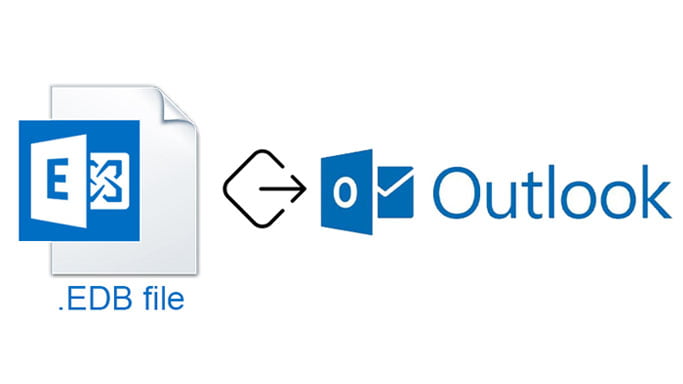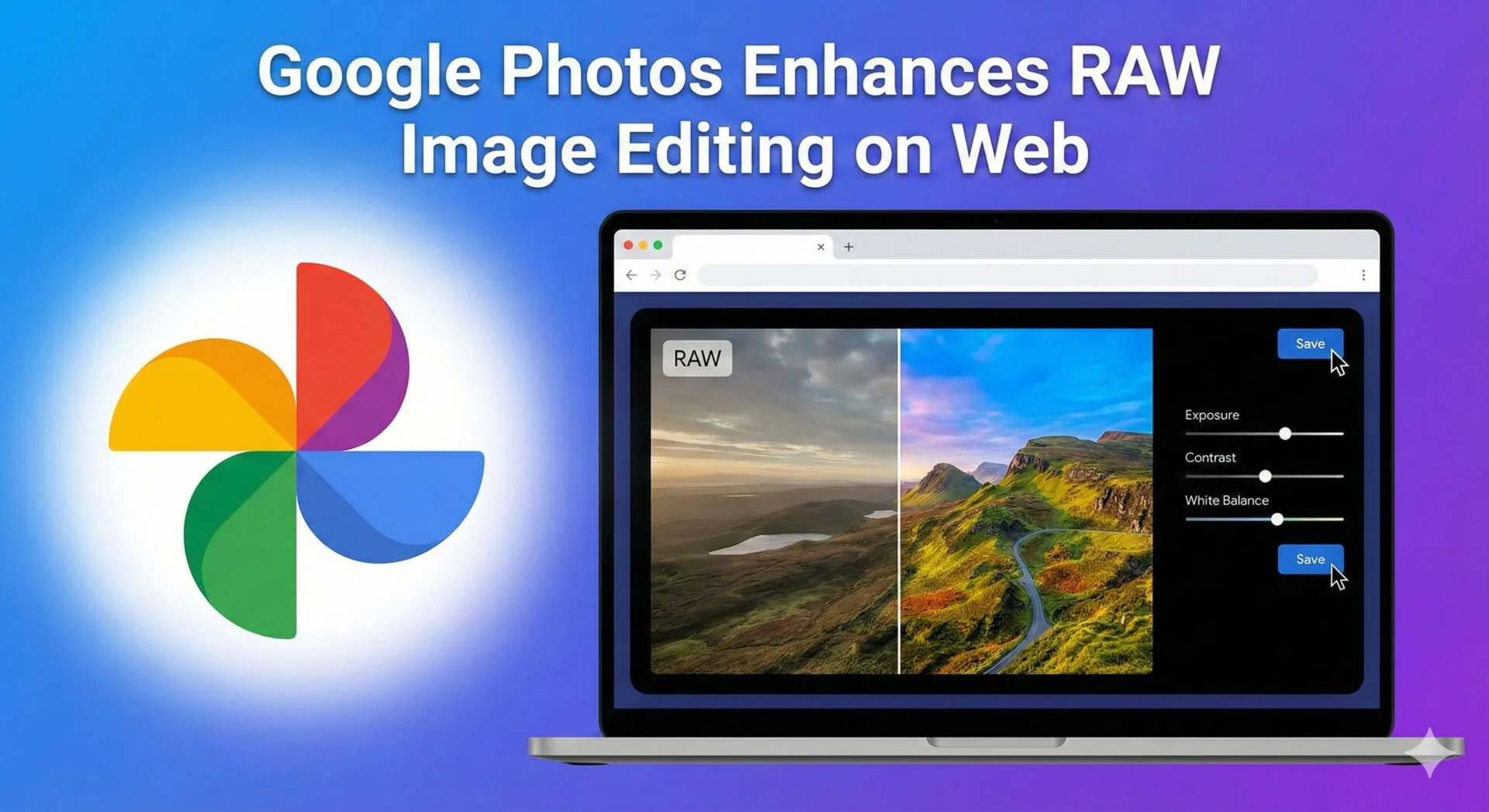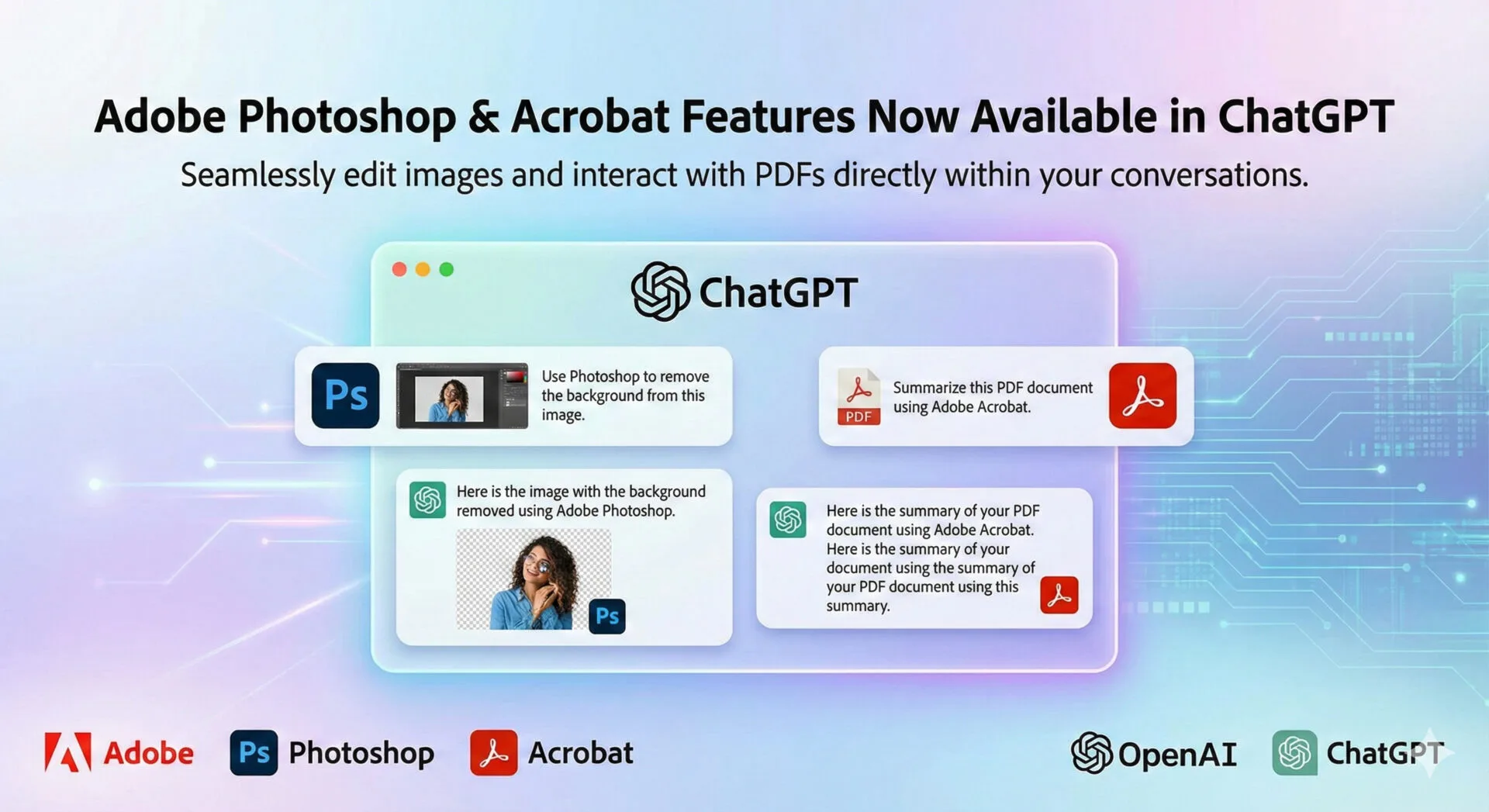For many IT professionals and firms, converting Exchange EDB files to PST format is essential since it increases data accessibility and flexibility. There are two main ways to convert EDB to PST: either by hand using Microsoft’s released methods or by utilizing third-party EDB to PST converter programs. We cover each approach to this conversion procedure here so that you have a clear grasp of how to perform Exchange EDB to PST conversions.
Method 1: Use the Microsoft Exchange Admin Center to Switch From EDB to PST.
This approach focuses on utilizing Exchange Server 2019’s Exchange Admin Center (EAC) to convert EDB to PST. This is a simple EDB to PST conversion technique that is especially helpful for managers who prefer to utilize Microsoft’s built-in tools. The three primary parts of the process are exporting EDB to PST, setting up a shared folder, and allocating export rights.
Phase 1: Export License Transfer
- Access your Exchange account by logging in as an administrator.
- You will view your mailboxes after logging in.
- Choose the ‘Admin Roles’ tab after clicking on ‘Permits’.
- Click on the ‘Edit’ icon after selecting ‘Organization Structure’.
- Under ‘Roles’ in the ‘Role Group’ pane, click the ‘+’ icon.
- The ‘Mailbox Import Export’ option should be shown in the ‘Select a Role’ dialog.
- When selecting “Mailbox Import Export,” tap the “Add” icon.
- After adding, press the “OK” button.
- Before making sure that the Administrator option is chosen under the “Members” section, click “Save.”
- Log out and then back into the Exchange Admin Center.
Second Step: Build a Shared Folder.
- Start your system’s File Explorer. We’re utilizing a virtual device here. Create a new folder called “ExportPST” by navigating to the local drive (C:).
- You can access the ‘Advanced Sharing’ button by clicking on the ‘Sharing’ tab after clicking with a right on the folder and selecting ‘Properties’.
- Select the ‘Permissions’ button from the ‘Advanced Sharing’ dialog box.
- Hit the ‘Add’ button in the ‘Permissions for ExportPST’ window.
- Type ‘Auth’ into the textbox labeled ‘Enter the object names to choose’ on the ‘Choose Users or Groups’ page, then click the ‘Check Names’ link.
- Select ‘Authenticated Users’ from the ‘Multiple Names Found’ box, then click ‘OK’.
- Press the ‘OK’ button to validate the chosen people or groups.
- Choose the group or user name ‘Authenticated Users’ in the ‘Permissions for ExportPST’ dialog. Check the “Change” and “Read” boxes under “Permissions for Authenticated Users.”
- Click on the “Apply” button and after the “OK” icon.
- Select the ‘OK’ button located on the ‘Advanced Sharing’ interface.
- After copying the \Server-NameExportPST network path, choose ‘OK’.
Step 3: Use the Exchange Admin Center to Export EDB to PST
- Proceed to the “Mailboxes” tab in the Exchange Admin Center after selecting the “Recipients” option.
- Click the ellipsis (…) dots after selecting a user mailbox.
- Then choose ‘Export to a PST file.
- Choose the mailbox you wish to export from the ‘Export to a.pst file’ dialog. After selecting the option to “Export only the contents of this mailbox,” press the “Next” button.
- After getting the shared folder path, paste it here and type the file name. Click the ‘Next’ button after the path appears as \Server-NameExportPSTfilename.pst.
- Click the “Finish” button after choosing “Administrator” or any other user you wish to get notifications about the exported mailbox.
- A notification will be sent to you once the EDB to PST conversion is finalized.
- Locate the PST file by navigating to the ‘ExportPST’ folder.
In conclusion, businesses looking to migrate from EDB to PST will find that using the Exchange Admin Center to export EDB to PST in Exchange Server 2019 is a solid technique. To ensure that your data is portable and available outside of the Exchange environment, follow these steps to export emails from the Microsoft database to PST files quickly and effectively.
Limitations and Problems with the Free Method:
- The Ex-Merge tool is mostly intended for use with prior versions of Exchange Server.
- It cannot be appropriate for bigger mailboxes because it has a 2GB file size restriction for PST files.
- In some situations, the procedure can result in errors or discrepancies and be slower than other approaches.
- Before using this program, make sure it is compatible with the version of Exchange Server you are currently running.
In summary, it’s critical to understand the limits of the Ex-Merge Utility, even if it’s a helpful tool for converting EDB to PST, in particular for settings with earlier versions of Exchange Server. Because of the 2GB capacity restriction and other compatibility problems, it might not be appropriate in many situations, especially in more recent, extensive Exchange executions. Ex-Merge Utility, however, can be a workable alternative for smaller-scale conversions and earlier Exchange versions.
Easy Way to Convert EDB Files to Microsoft Outlook PST Format:
Try the Softaken EDB to PST Converter Software to export EDB mails to PST layout for MS Outlook. Some users can select large- and small-size EDB files that they want to convert into PST files. Users can also preview the EDB files before the conversion process. Both technical and non-technical users can also make use of this app to convert EDB files to Outlook PST format. Try the free demo edition of this app to see the latest features and capabilities of this app.
FAQ: Questions Non-Technical Users Asked:
How can I get a free EDB to PST conversion?
For free EDB to PST conversion, you can use tools like the Exchange Admin Center, the Ex-Merge Tool, and PowerShell commands. Select the approach that best fits the needs of your particular Exchange setting as well as your degree of technical familiarity.
Is there a sample version of Softaken EDB to PST Converter available?
Yes, a demo version of Softaken EDB to PST Converter is available. Users can usually export the first 50 items per folder and read the contents of the EDB file using this trial version. This helps assess the capacity of the program before acquiring the whole edition.
Is an Exchange Server environment required for EDB to PST conversion?
Without an Exchange Server environment, it is possible to convert EDB to PST using third-party programs like Softaken EDB to PST Converter. There is no need for an active Exchange server when using these applications to read EDB files directly and convert them to PST format.
Is it possible to manually convert huge EDB files to PST?
It is possible to convert huge EDB files to PST manually using tools like PowerShell and Exchange Admin Center. With really big databases, in particular, there’s a higher chance of experiencing issues with performance or disruptions, and the procedure might take a long time.
Are there differences in the manual EDB to PST conversion procedure across different Exchange Server versions?
Indeed, there are differences in the manual EDB to PST conversion procedure throughout Exchange Server versions. It is vital to refer to guidelines that are unique to the version of the Exchange Server you are running since precise commands and processes can vary.
Explore more related articles:







Leave a Reply